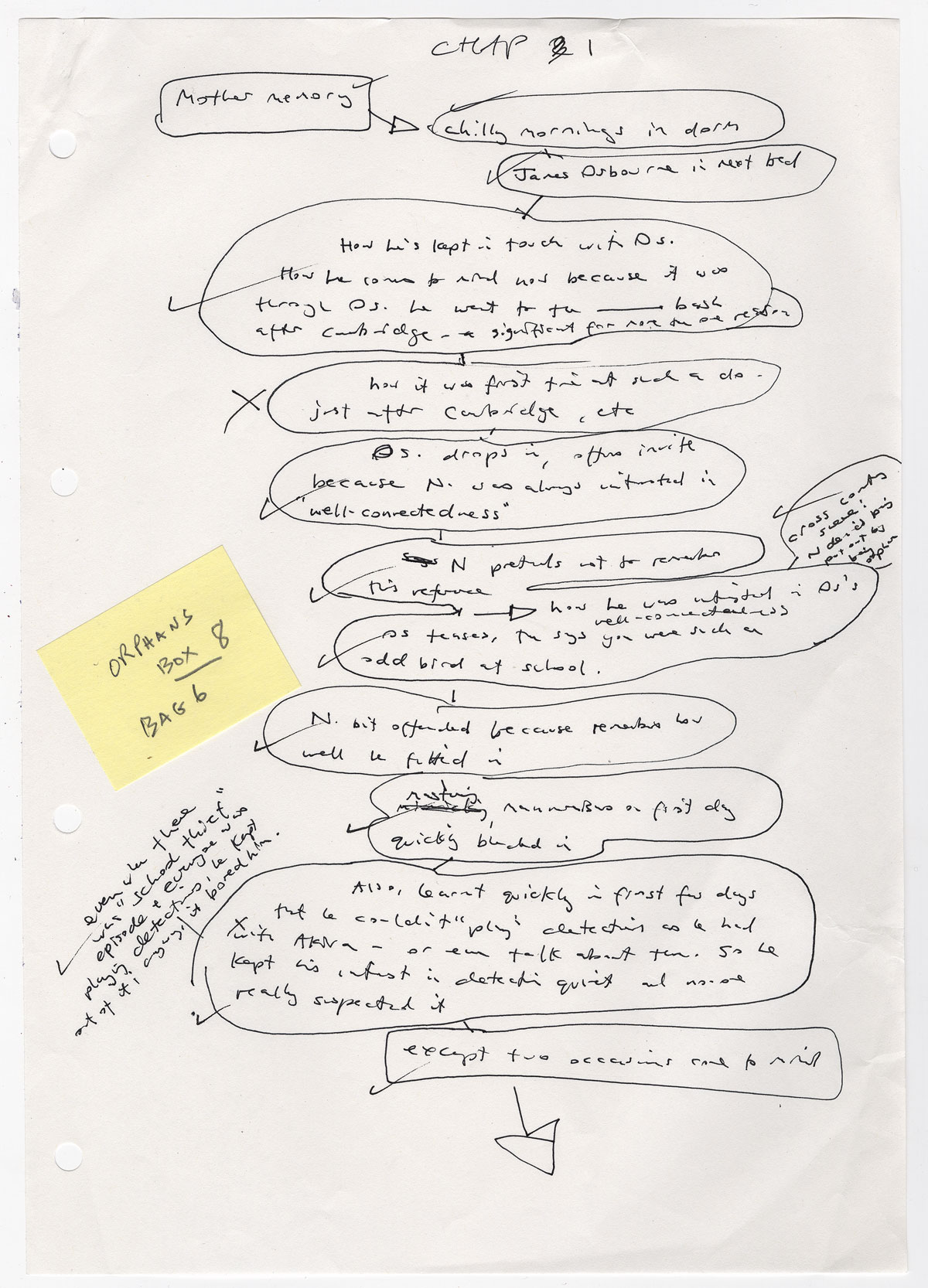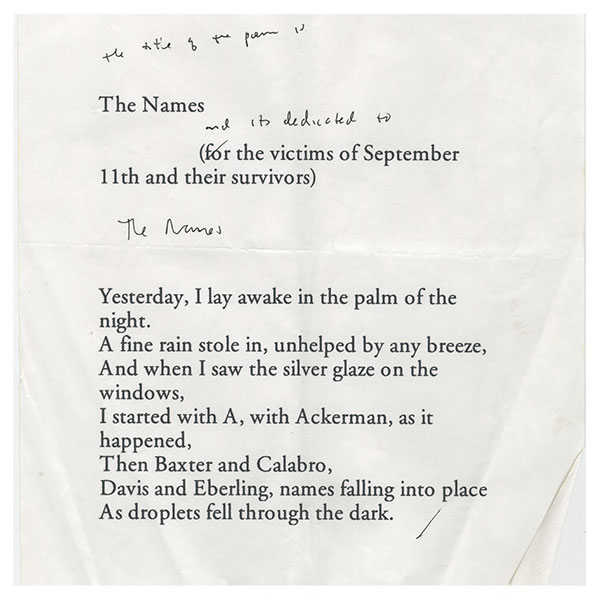The Ransom Center is acquiring the archive of novelist Kazuo Ishiguro.
Translated into more than 40 languages, Ishiguro’s fiction has received numerous awards, from the Booker Prize for Fiction for “The Remains of the Day” (1989) to the Whitbread Book of the Year award for “An Artist of the Floating World” (1986). [Read more…] about Ransom Center to acquire archive of Kazuo Ishiguro


